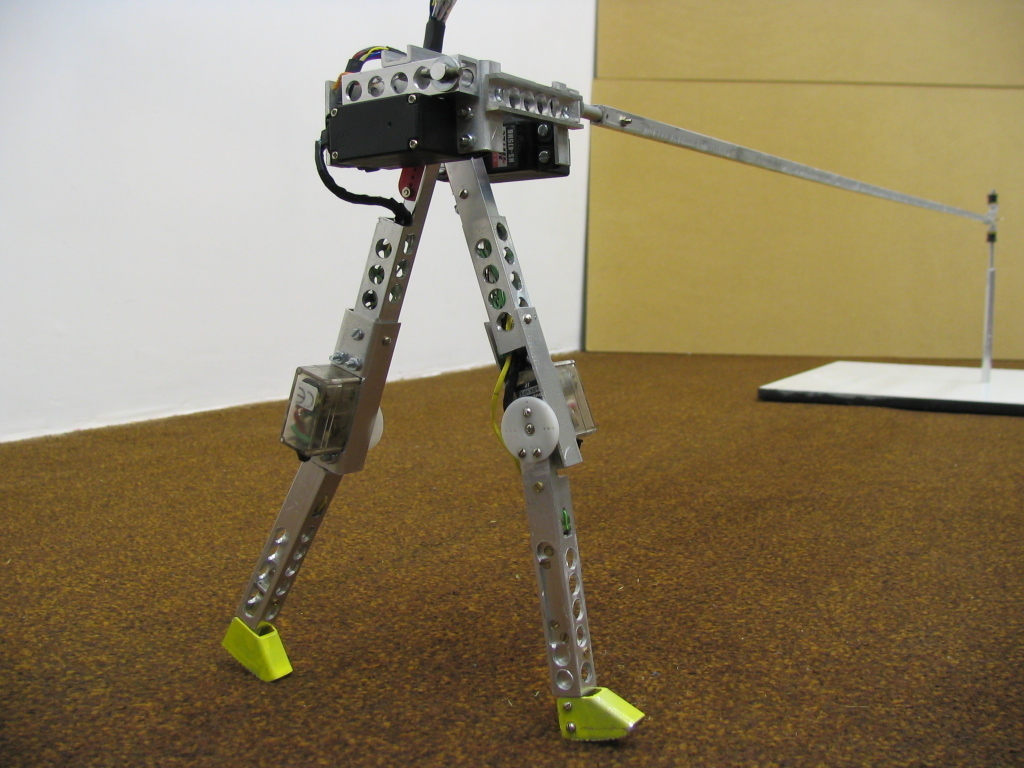Jupiter’s red spot: What’s inside the storm that’s “one-and-a-half Earth’s wide”
08/22/2018 / By Ralph Flores

For the first time, the mysteries of Jupiter’s red spot are available. In the latest data gathered by the National Aeronautics and Space Administration (NASA)’s first pass over Jupiter’s Great Red Spot in July 2017, experts have discovered that the solar system’s largest storm affects regions below it. NASA has released a computer-animated video based on the data from Juno to provide a better picture of what is happening in the area. The video provides a dramatic simulation over and through Jupiter’s whirling clouds and moves through the Great Red Spot. Gauges show the height and temperature, which increases with the dive.
Aside from this discovery, other results from the mission are the locations of two new radiation zones. These discoveries were reported at the American Geophysical Union gathering in New Orleans.
“One of the most basic questions about Jupiter’s Great Red Spot is: how deep are the roots?” according to Juno principal investigator Scott Bolton. “Juno data indicate that the solar system’s most famous storm is almost one-and-a-half Earths wide, and has roots that penetrate about 200 miles (300 kilometers) into the planet’s atmosphere.”
Jupiter’s Great Red Spot is a massive, football-shaped formation of “crimson-colored clouds.” It is found south of Jupiter’s equator, and its clouds rage counterclockwise around the oval’s edge with wind speeds far greater than any storm on Earth (for comparison, the strongest storm on record, Hurricane Irma clocks a top speed of 185 miles per hour – the Red Spot easily trumps that with an estimated speed of 384 miles per hour). Measured to be about 10,000 miles (16,000 kilometers) in width as of April 3, 2017, the Great Red Spot is 1.3 times as wide as Earth.
“Juno found that the Great Red Spot’s roots go 50 to 100 times deeper than Earth’s oceans and are warmer at the base than they are at the top,” explained Juno co-investigator Andy Ingersoll, professor of planetary science at Caltech. “Winds are associated with differences in temperature, and the warmth of the spot’s base explains the ferocious winds we see at the top of the atmosphere.”
What will happen to the Great Red Spot is up for discussion. Scientists believe that the storm had existed for over 350 years, despite it being only observed from 1830. At the time of its discovery in the 19th century, it was measured to be well over two Earths wide. However, the Great Red Spot appears to have been reduced, based on measurements by Earth-based telescopes and spacecraft. Previous fly-bys from NASA’s Voyagers 1 and 2 have taken noted of the storm’s size as it went past Jupiter en route to Saturn in 1979. Both noted that the Great Red Spot was twice the Earth’s width. Today, based on measurements by Earth-based telescopes, as well as the latest Juno fly-by, the width of the storm had been reduced by one-third and its height by one-eighth since the time of the Voyager missions. (Related: NASA spacecraft missions have proven that Mars, Saturn, Jupiter and Venus have all suffered “climate change” … without any human activity whatsoever.)
Juno has finished nine science passes over Jupiter. Its latest science pass had commenced on December 16, 2017.
Juno was launched into orbit on August 5, 2011, from Cape Canaveral, Florida, and traveled for five years before reaching Jupiter. It started its orbit of the planet on July 4, 2016. During its exploration, the satellite cruises just over planet’s cloud top, to distances as close as 2,100 miles (3,400 km). Juno examines phenomenon beneath Jupiter’s nearly opaque clouds during its fly-bys, and it also studies the planet’s auroras to note more about the planet’s beginnings, structure, atmosphere, and magnetosphere.
Learn more about the largest planet in our Solar System at Space.news.
Sources include:
Tagged Under: celestial bodies, Great Red Spot, Jupiter, Jupiter's climate, Jupiter's storms, planetary environs, planets, research, solar system, Space, space exploration



















